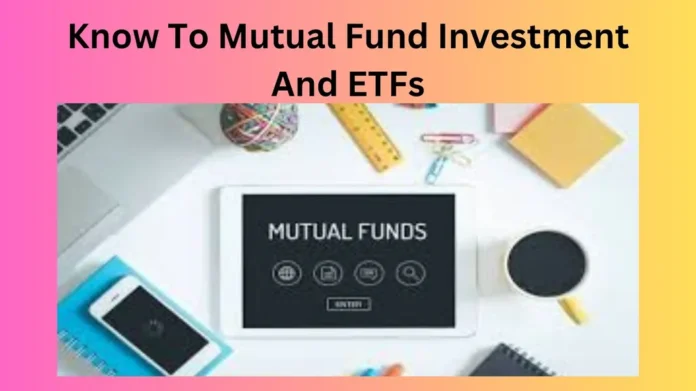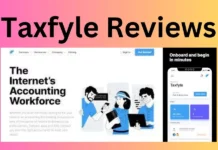Mutual funds for investment vehicles is an increasingly popular option for investment for the retail investor in India. The minimum requirements to invest within mutual fund plans are minimal and they are accessible to investors of all sizes (big as well as small) as a viable solution for a range of investment requirements.
Retail investors typically are able to associate the mutual fund with equity investments however, the mutual fund also provide a wide range of fixed-income investment options that offer different tenures of investment and risk capacity. In general, investment options in mutual funds are also known by the name active funds.
Funds for mutual investment India also offers a different type of mutual fund referred to as an ETF, which stands for exchange traded fund also known as ETF. These are also classified as passive funds.
If it’s either an active or active or the mutual funds it is simple.
If you’ve got an permanent account number (PAN) as well as an address documents that are checked by Asset Management Companies (AMCs) as part of the Know Your Customer (KYC) requirements You can make an investment in the mutual fund. It is possible to invest as a lump sum (subject to the investment limit minimum which most retail investors are able to manage) or via an investment strategy (SIP) in which you invest your savings account regularly (e.g. monthly, fortnightly, weekly or even monthly. ).
If you decide to invest in an an ETF (or exchange traded funds it is necessary to be able to access a trading and demat account because unlike funds that are active, ETFs are only available to be purchased or sold via stock exchanges, just like other stock traded. If you buy ETFs on stock exchanges they charge the cost that is in effect at the time you trade. The price could be different from or higher that the Net Asset Value that the fund is trading at. You cannot however invest in an ETF via SIP mode.
When actively managed funds go, that trade is always made at mutual fund NAV which is announced at the closing of the day each day, after trading hours. This is a significant difference between an active fund and a passive fund.
Another distinction in actively managed funds and passive ones can be seen in the ratio of the TER (total expenditure ratio). This ratio of the ETF is very low since it aims to duplicate the returns of the index or benchmark it follows. However, on the other the other hand the active mutual funds constantly strive to outperform the benchmark and produce alpha for investors. To achieve this, active mutual funds have an additional fee, i.e. TER.
Mutual Fund and ETF investments are among the most flexible and transparent investment choices in India. If you are investing with open-ended fund, it is possible to redeem (withdraw your funds) completely or in part anytime; however, redemptions during the period of exit load (if appropriate) are, however, subject to certain charges.
You may end from your Systematic Investment Plan (SIP) at any time and then restart it at any point in actively operating funds that are mutual. Contrary to life insurance policies, the portfolios that comprise mutual funds are available to all investors. mutual funds or Exchange traded funds are controlled by the market regulator SEBI which’s primary function is to safeguard the interests of investors.
Final Words
Mutual Fund Investments also offer tax advantages if you put your money into the mutual fund Equity-linked savings plans (ELSS). These plans are able to be deducted from your tax-deductible income under Section 80C in the Income Tax Act 1961 with a maximum investment of Rs 150,000 for a fiscal year. ETF mutual funds also offer ELSS mutual funds. This means that mutual funds investors are now able to put money into ETFs by investing in active and non-active scheme for mutual funds.















